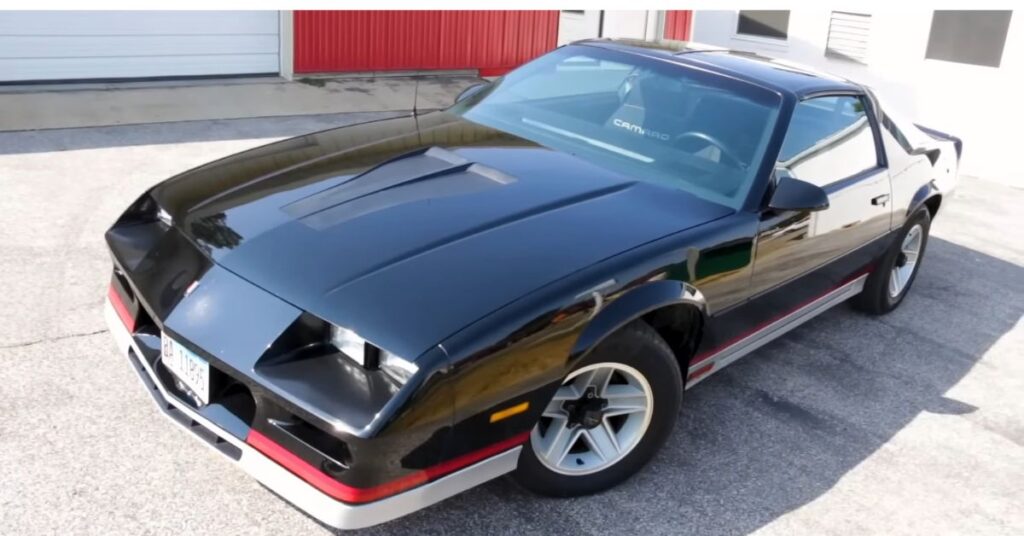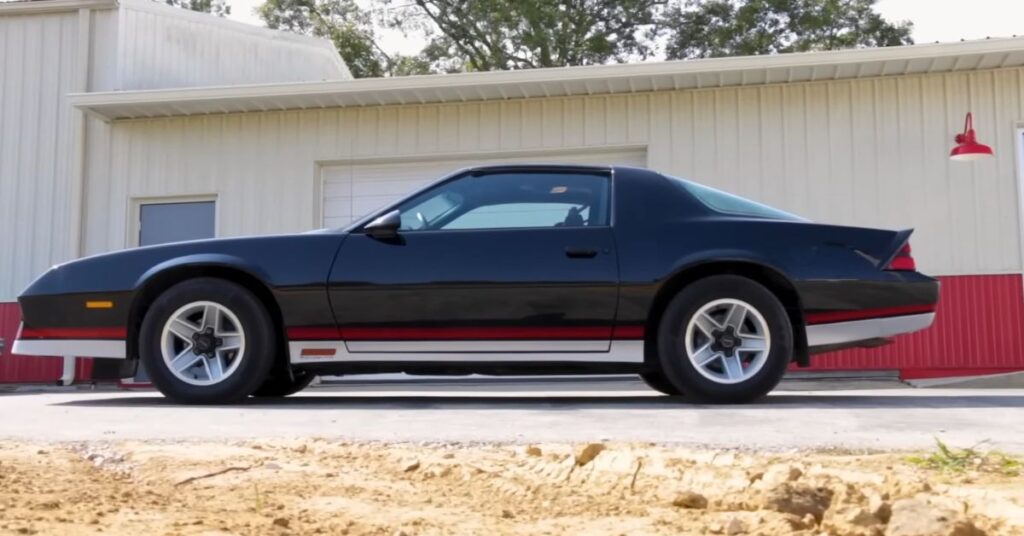The year 1984 holds significance for various reasons, from the introduction of George Orwell’s concept of Big Brother in his book “1984” to the launch of the Macintosh computer. However, for American muscle car enthusiasts, it marked the return of performance in American muscle cars. One notable release from that year was the 1984 Chevrolet Camaro Z28, a car that still captivates enthusiasts today.
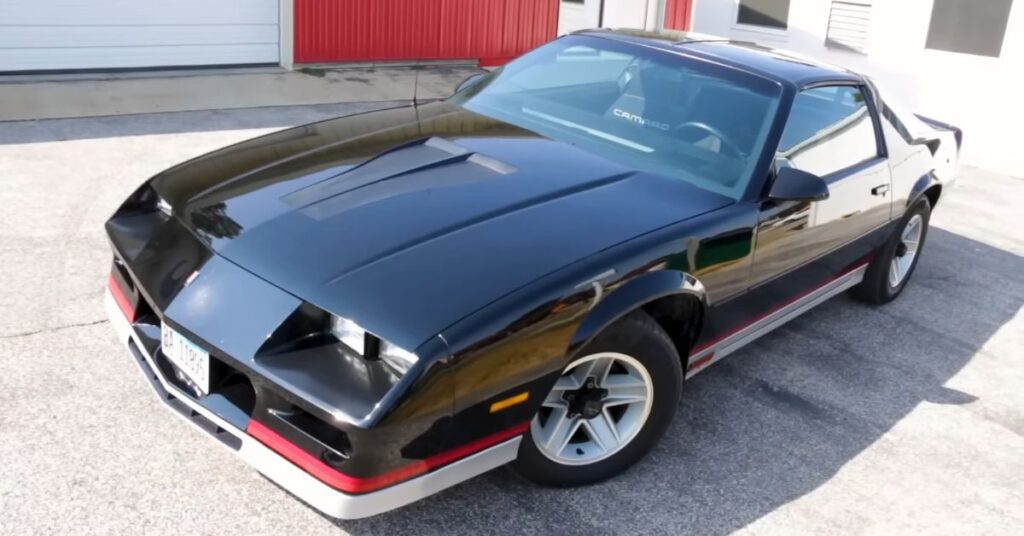
In the mid-1980s, the automotive industry faced challenges such as tightening emissions and fuel economy standards, leading to the rise of smaller cars and front-wheel-drive vehicles. Despite these changes, enthusiasts were delighted to have the option of any V8-powered, rear-wheel-drive sporty car. The 1984 Chevrolet Camaro Z28 catered to the demands of performance car enthusiasts, offering an exciting driving experience during a time when American muscle cars were undergoing transformation.
The Launch of the 1984 Chevrolet Camaro Z28
Chevrolet introduced the 1984 Camaro Z28 as a high-performance option for car buyers. Despite having less than 200 horsepower, this Camaro Z28 provided an appealing choice for enthusiasts at the time. Surprisingly, Chevrolet managed to sell over 100,000 Z28 models, with a total of 265,000 Camaros sold that year. The marketing campaigns of that era, although considered cheesy today, played a significant role in boosting the popularity of these iconic cars.
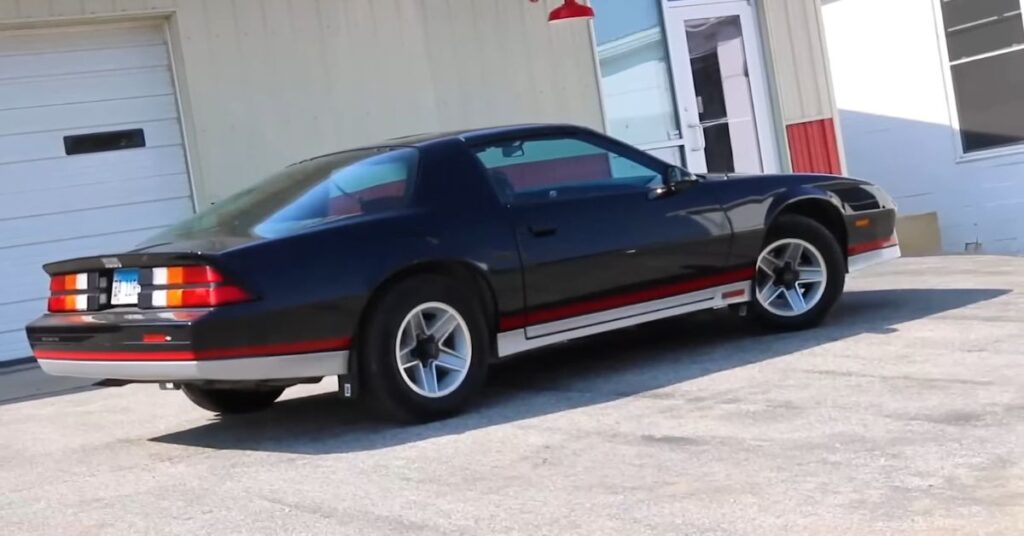
The 1980s marked a transition period for muscle cars, with manufacturers adapting to changing regulations and customer demands. While the power output of the 1984 Camaro Z28 might seem modest by today’s standards, it was a significant achievement in its time. The performance numbers were impressive, considering the restrictive exhaust systems and emission controls of that era.
The Popularity of the 1984 Camaro Z28
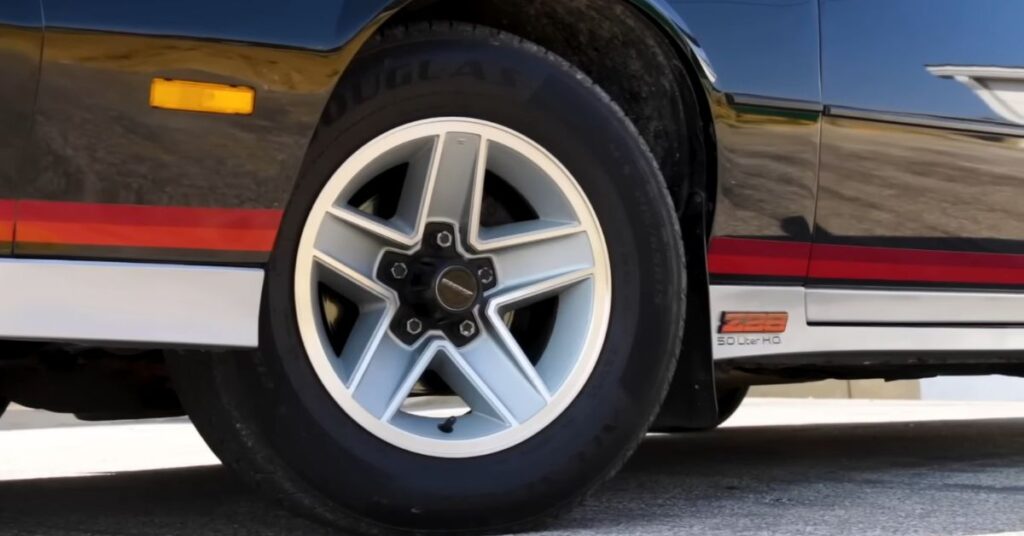
The 1984 Camaro Z28 featured a sleek and aerodynamic design, incorporating various elements to improve fuel economy. One particularly eye-catching combination was the black color scheme with red and orange stripes, complemented by silver lower accents
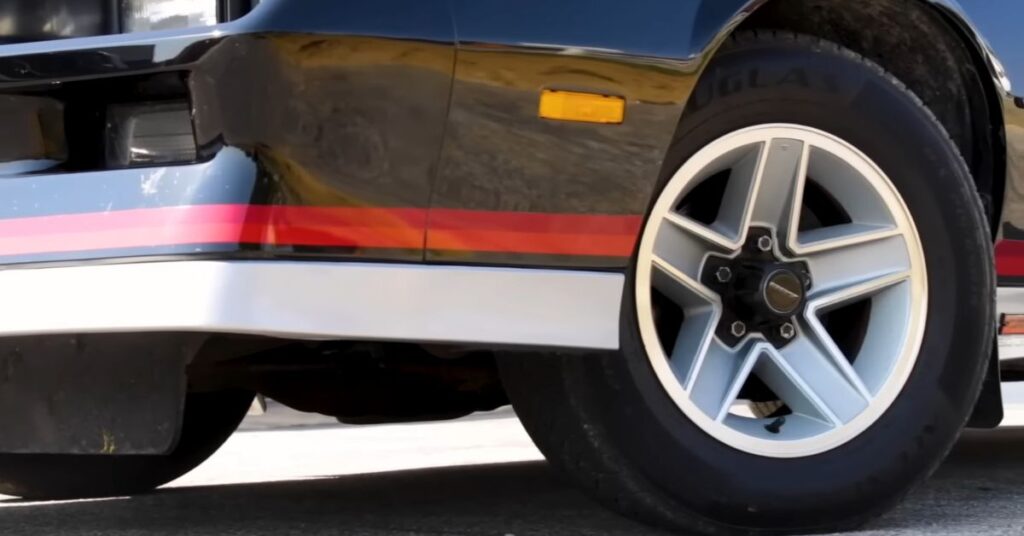
. The iconic cast aluminum 15-inch wheels added a touch of classic appeal to the overall appearance. Additionally, some models even came equipped with T-tops, allowing drivers to enjoy the thrill of open-air motoring.
Styling and Features of the 1984 Camaro Z28
The third-generation Camaros, including the 1984 Z28, boasted attractive aesthetics. The exterior design featured sleek and aerodynamic lines that aimed to maximize fuel efficiency while maintaining a sporty and aggressive appearance. The 1984 Z28, in particular, was available in a popular black color scheme with striking red and orange stripes, complemented by silver lower accents. The iconic cast aluminum 15-inch wheels added a touch of sophistication to the overall look. Notably, a non-functional NACA-type scoop broke up the expansive flat hood, while a small ducktail spoiler sat at the base of the hatchback rear glass, enhancing the car’s visual appeal.
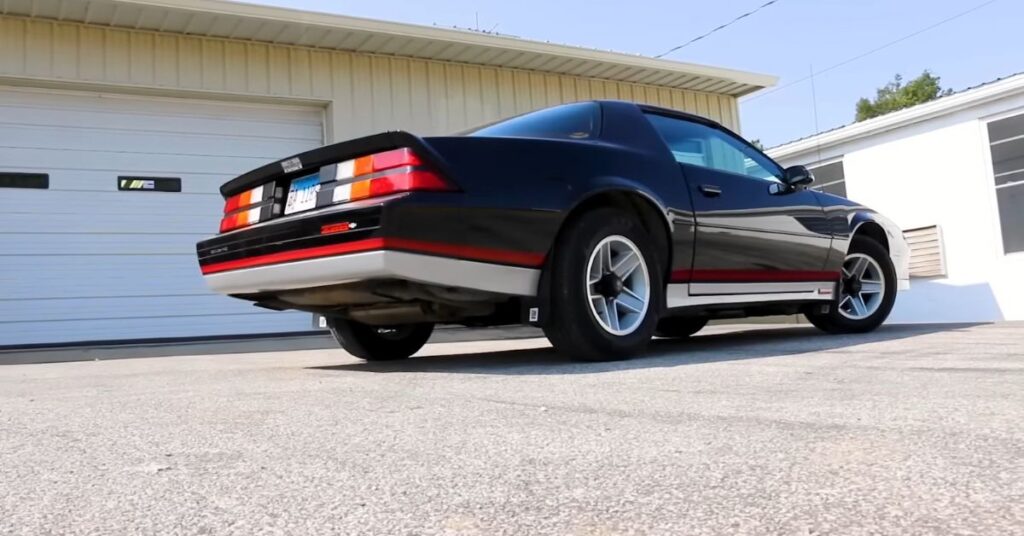
Stepping inside the 1984 Camaro Z28, one would experience the distinct design elements of the 1980s. The interior showcased a combination of futuristic styling and practicality, albeit limited by the technological advancements of the time. Plastic materials were predominant throughout the cabin, emphasizing the era’s affinity for modernity. The dual needle speedometer stood out as a unique feature, with one needle pointing to metric units and the other to miles per hour, catering to a broader audience. Additionally, the 7000 RPM tachometer emphasized the car’s performance-oriented nature, hinting at the excitement that awaited drivers behind the wheel.
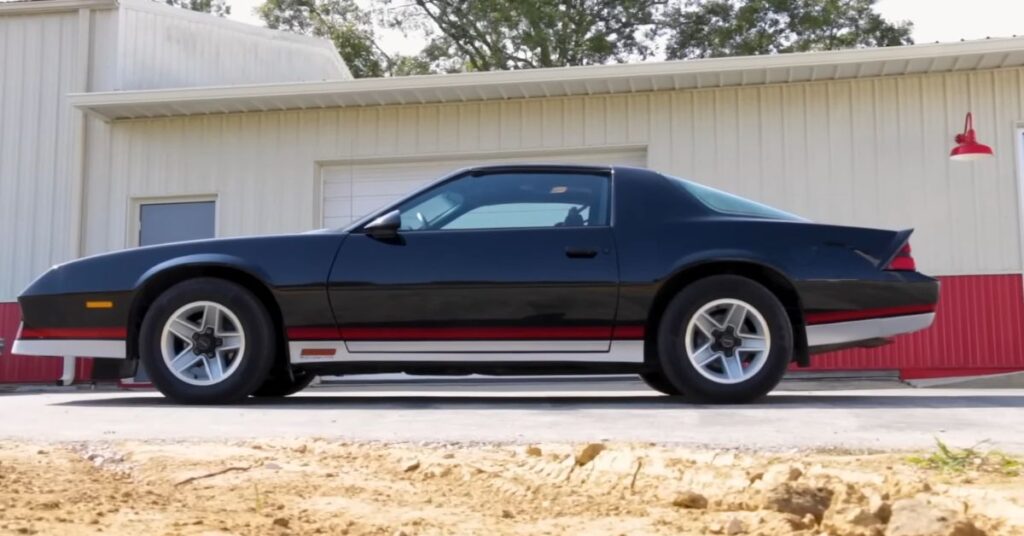
Despite the limitations in technology, the 1984 Camaro Z28’s interior design offered several interesting gadgets. An overhead console housed two noteworthy features. Firstly, a fully analog reminder center, consisting of various thumbwheels, allowed drivers to set reminders for important matters like financial obligations or celebrations. This practical tool aimed to assist drivers in staying organized and on top of their schedules. Secondly, the console featured a removable flashlight, a thoughtful addition that, unfortunately, did not gain widespread popularity. Although the interior design of the 1984 Camaro Z28 reflected the style of the 1980s, it still managed to provide an engaging and distinctive experience for its occupants.
Interior Design and Technology
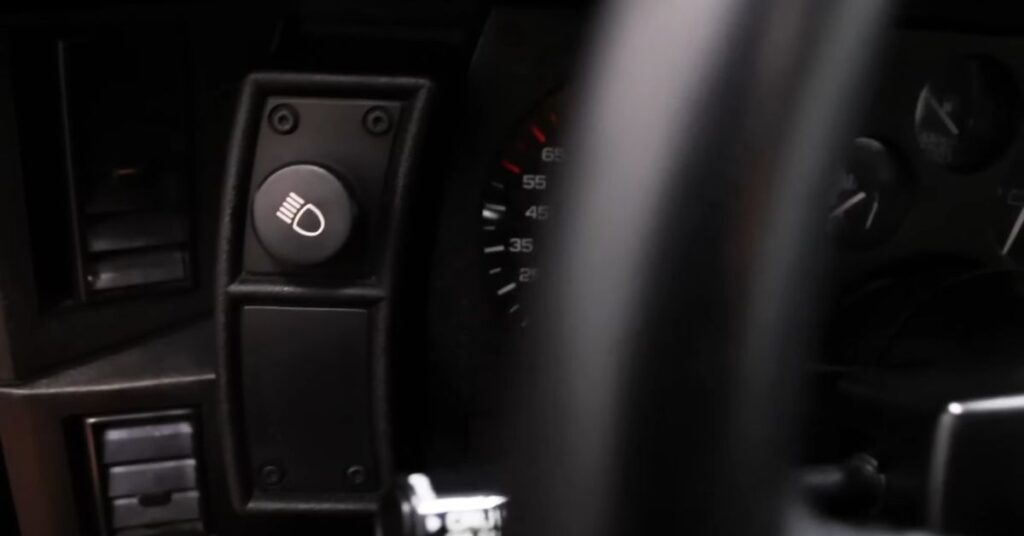
Inside the 1984 Camaro Z28, an overhead console housed two intriguing gadgets. The first gadget was a fully analog reminder center, controlled by thumbwheels, that allowed drivers to set reminders for important items such as financial matters or celebrations. This practical feature ensured that drivers stayed organized and didn’t forget essential tasks.
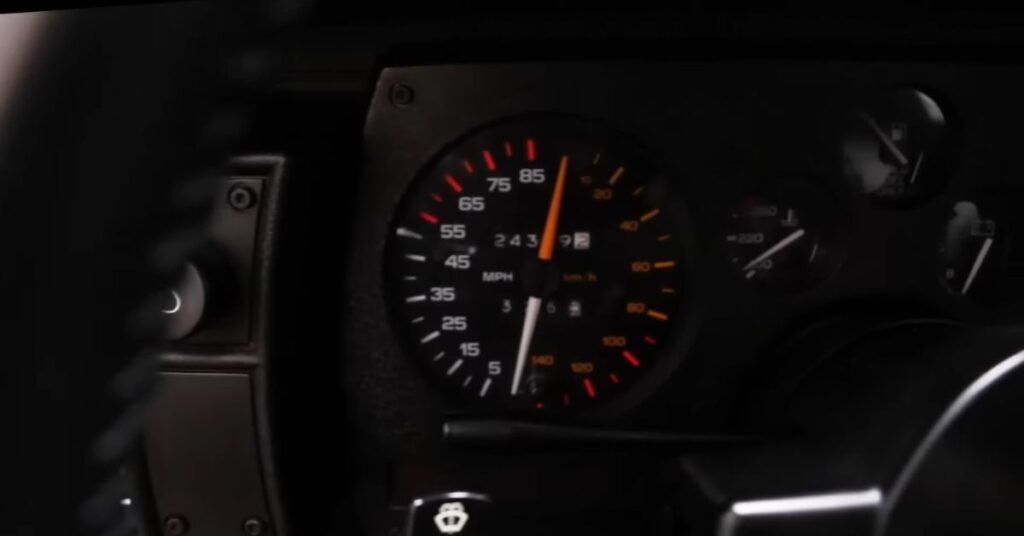
Hanging from the console was a removable flashlight, adding a touch of functionality to the interior. This practical addition could come in handy in various situations, providing drivers with a convenient source of light when needed. However, despite its usefulness, the removable flashlight didn’t gain widespread popularity, perhaps due to being easily misplaced or overlooked.
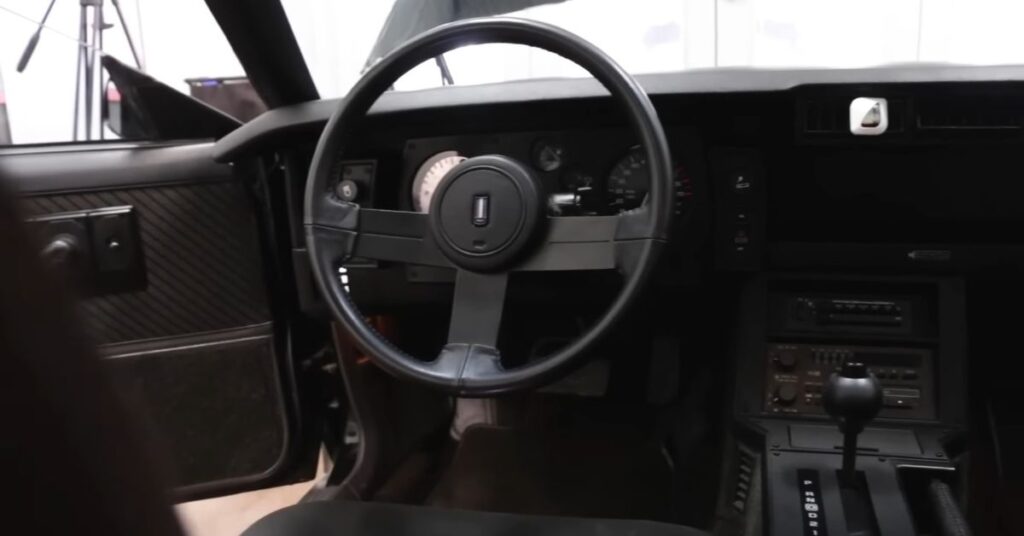
Despite the lack of advanced technology, the overall interior design of the 1984 Camaro Z28 offered an engaging and distinctive experience. The combination of the analog reminder center and the removable flashlight added a sense of practicality to the cabin, enhancing the driving experience. These unique features showcased the attention to detail and thoughtful design choices that went into creating the interior of the 1984 Camaro Z28.
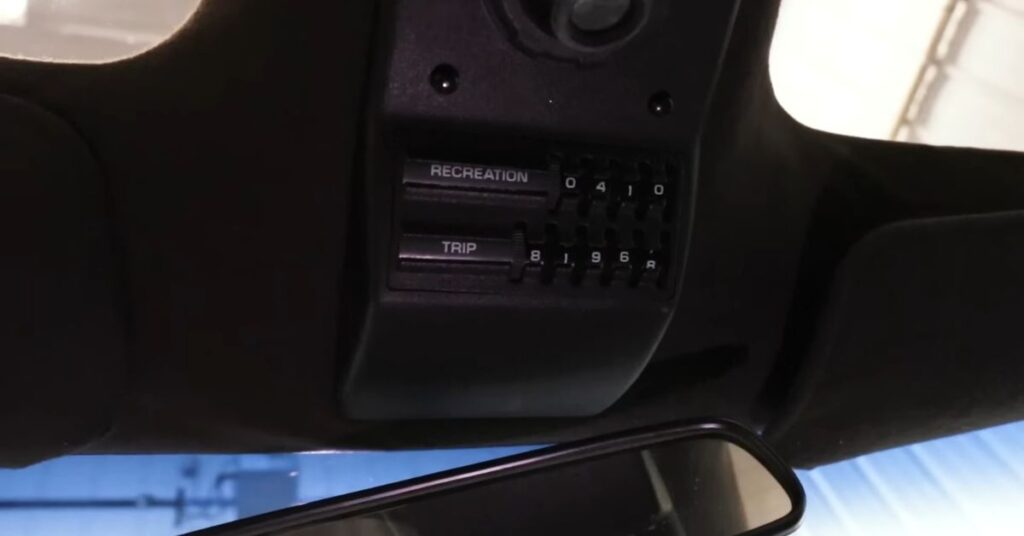
Performance Specifications
Under the hood, the 1984 Camaro Z28 offered two engine options. The optional L69 5.0L HO V8 generated approximately 190 horsepower and 200 pound-feet of torque from its 305 cubic inches. These numbers were quite impressive for the time.
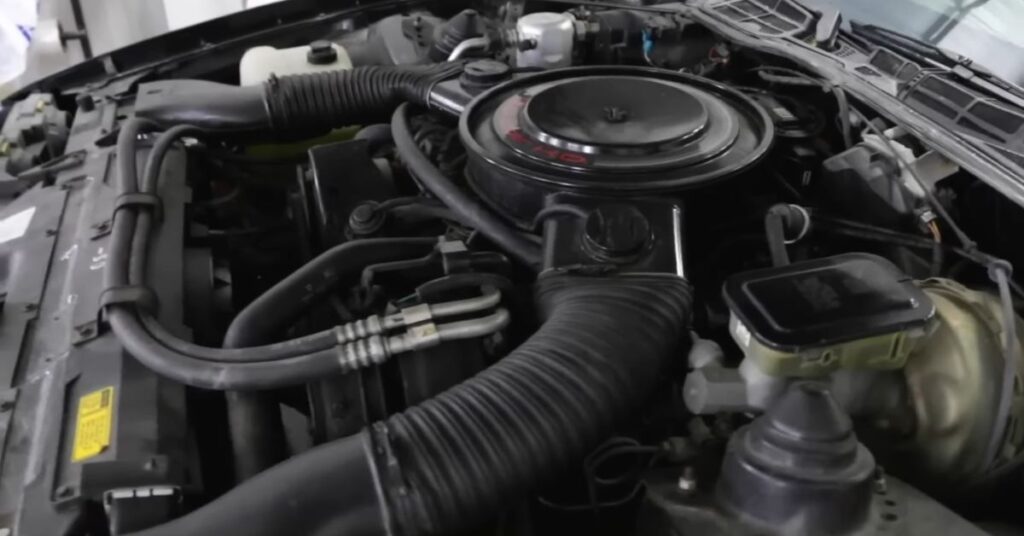
The standard LG-4 305 engine produced a modest 150 horsepower. The L69 5.0L HO V8 featured an electronic feedback Rochester Quadrajet carburetor, iron heads, and a 9.5:1 compression ratio.
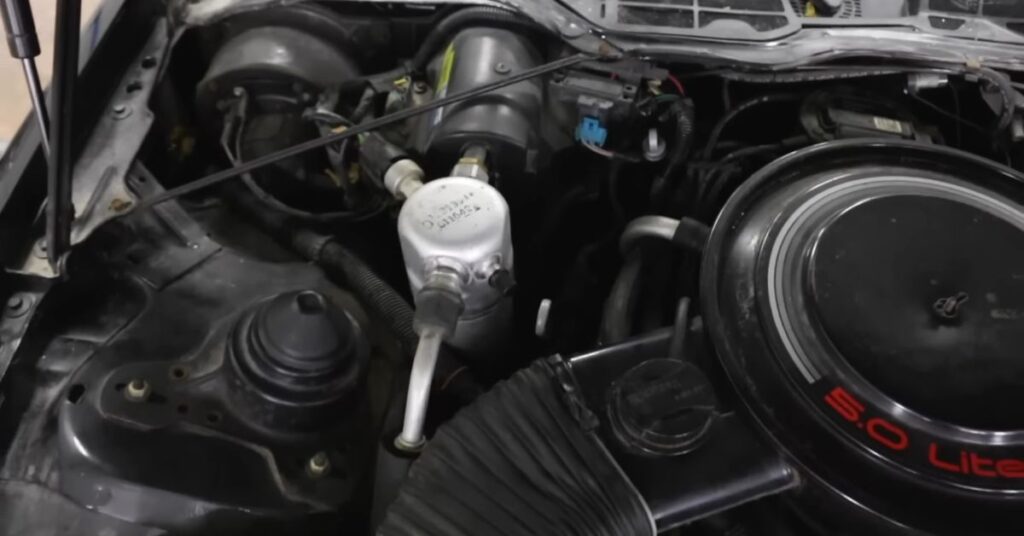
The power delivery was channeled through a four-speed automatic overdrive 700R4 transmission, coupled with a 10-bolt rear end equipped with a limited-slip differential and 3.73 gears. Additionally, a five-speed Tremec T5 manual transmission was also available for those seeking a more engaging driving experience.
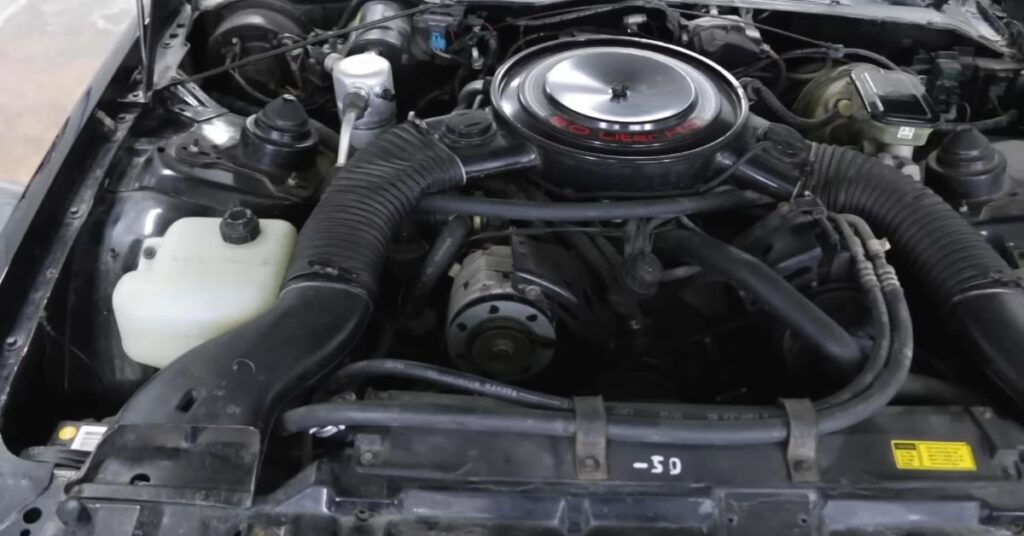
Suspension and Handling
Despite the challenges posed by emissions compliance, the 1984 Camaro Z28 excelled in terms of suspension and handling. Unlike its predecessors, the third-generation Camaros adopted a full unibody design, eliminating the twisty subframe holding the engine and front suspension. The Z28 models utilized front struts, coil springs on all four corners, and front and rear sway bars to enhance their performance in the turns.
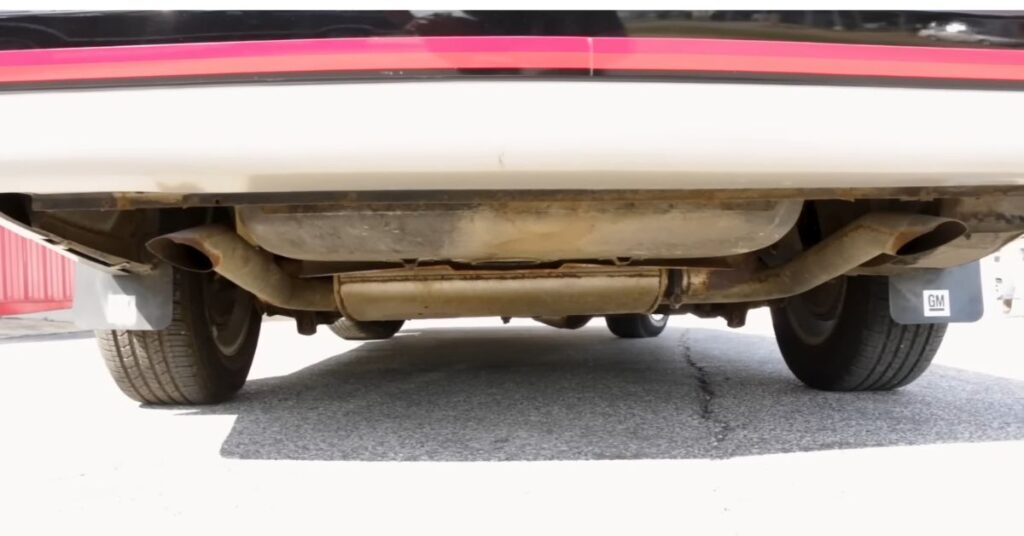
Notably, a torque arm ran from the transmission crossmember to the rear axle, improving traction. The four-wheel disc brakes on the 1984 Camaro Z28 were considered the best ever on a Camaro, providing excellent stopping power. Overall, these enhancements earned high praise from automotive journalists, dubbing the third-gen Camaros as some of the best handling American cars of the era.
Conclusion
The 1984 Chevrolet Camaro Z28 holds a special place in the history of American muscle cars. Despite the challenges posed by changing regulations and evolving market demands, Chevrolet managed to deliver a car that provided enthusiasts with an exciting driving experience. From its sleek styling and distinctive interior design to its respectable performance and handling capabilities, the 1984 Camaro Z28 remains a symbol of the era’s automotive ingenuity.
